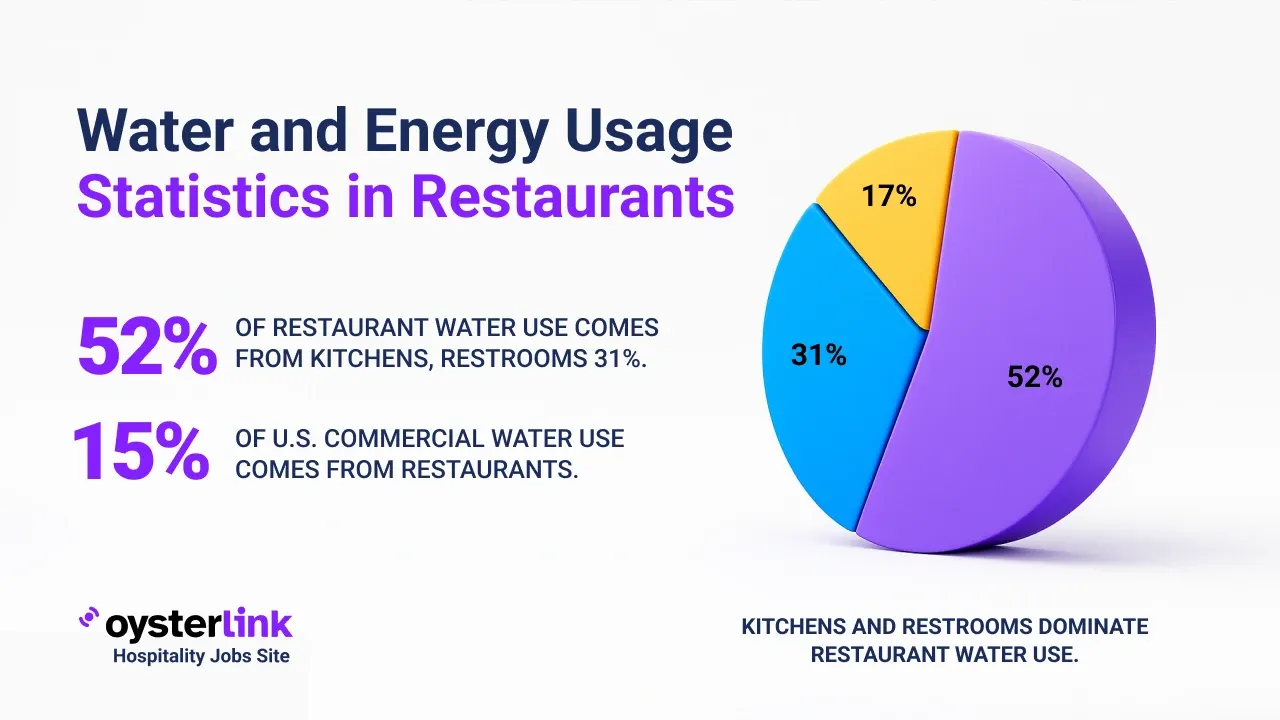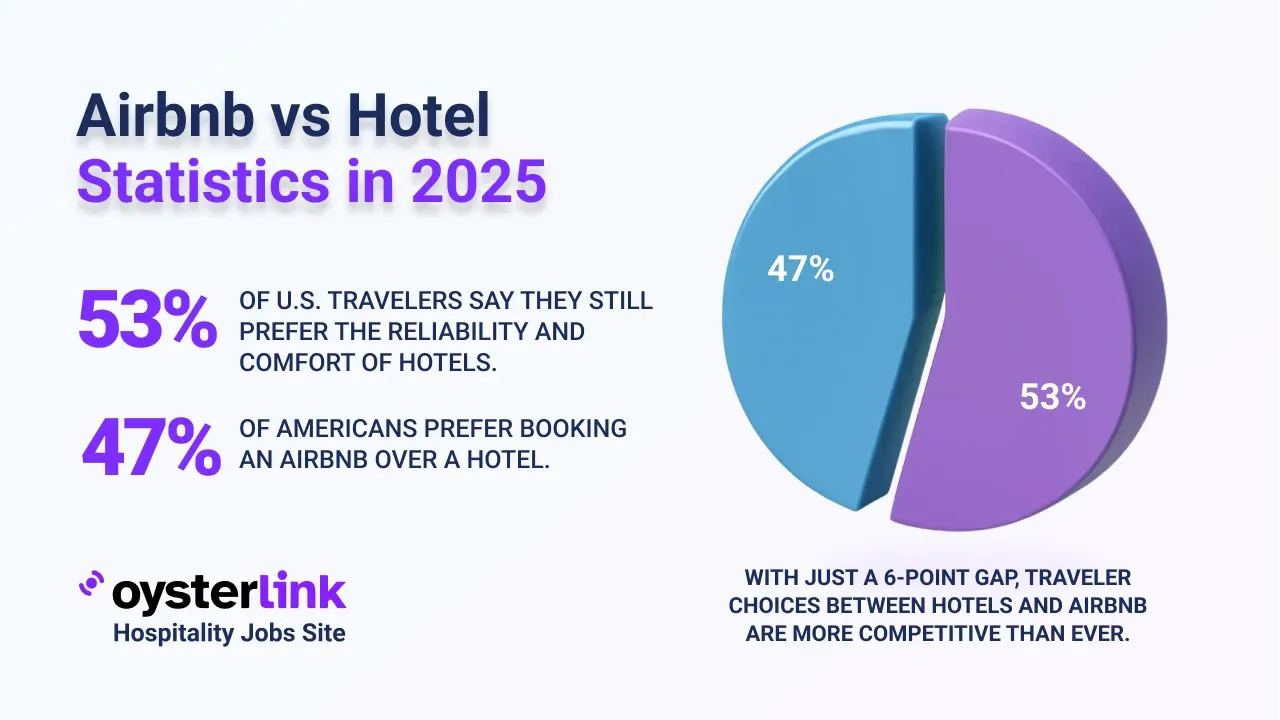Austin, Texas Cost of Living: Quick Takeaways
- Housing Costs: The average rent for a one-bedroom apartment in Austin is projected to be $1,669 in 2025, showing a steady rise from $900 in 2010.
- Transportation Expenses: Public transit monthly passes cost $52.50 with fuel prices averaging $3.07 per gallon, making transportation costs lower than national averages by 5%.
- Healthcare Costs: Monthly employer-sponsored health insurance averages $140.33, while a Silver plan premium is around $621, slightly below national averages.
- Income Levels: Austin's median household income reached approximately $78,965 in 2025, reflecting significant growth over the last decade.
Austin, Texas has seen dynamic growth in its cost of living driven by booming housing prices and evolving transportation and healthcare expenses.
This article breaks down the various factors influencing the 2025 overall cost of living, providing a detailed view for residents and prospective movers.
1. Housing Costs in Austin, Texas
Housing is one of the largest expense categories for residents. Below is a timeline showing the average rent for a one-bedroom apartment in Austin:
- 2010: $900
- 2015: $1,050
- 2020: $1,200
- 2024: $1,609
- 2025: $1,669
Rental prices have grown consistently, reflecting a high demand for housing in the city as it expands rapidly.
For employers in the hospitality sector, understanding local housing costs can be crucial when considering wage offers to staff. To assist with recruitment and retention, consider strategies like those detailed in our strategies to reduce restaurant employee turnover.
2. Homeownership and Real Estate Trends in Austin, Texas
For those interested in buying homes, here is a historical look at median home prices in Austin:
- 2010: $150,000
- 2015: $200,000
- 2020: $300,000
- 2024: $535,568
- 2025: $500,842
Home prices have surged noticeably, though 2025 projections suggest a slight moderation compared to 2024.
3. Transportation Expenses in Austin, Texas
Transportation in Austin includes multiple modalities with varied costs:
- Public Transit One-Way: $1.75
- Monthly Transit Pass: $52.50
- Fuel Cost per Gallon: $3.07
- Annual Vehicle Maintenance: $1,200
Overall, transportation expenses in Austin are about 5% lower than the national average, helping reduce commuting costs.
Hospitality businesses can benefit from understanding these expenses when planning staff shifts and transportation allowances. Improve your staffing efficiency with insights from our restaurant staff hiring spotlight.
4. Utility Costs in Austin, Texas
Monthly utility bills for a typical apartment in Austin generally include:
- Electricity: $204.70
- Internet: $62.00
- Total Utilities: $266.70
Utility costs run slightly below the national average, contributing to overall affordability.
5. Grocery and Food Expenses in Austin, Texas
Groceries in Austin typically cost about $300 per person monthly. Dining out is diverse with prices around $15 for casual meals and $50 for mid-range restaurant meals.
Food expenses are approximately 3% lower than national averages.
Restaurants in Austin can capitalize on these trends by optimizing menu pricing and food costs. Learn more about reducing food waste in restaurants to improve profitability.
6. Healthcare Costs in Austin, Texas
Healthcare spending includes monthly employer-sponsored insurance averaging $140.33 and Silver plan premiums near $621 monthly.
Healthcare costs in Austin are about 3% below the national average.
7. Educational Expenses in Austin, Texas
Education fees vary by type:
- Public Schools: No direct tuition costs.
- Private School Average Tuition: $10,757 per year.
- In-State University Tuition: $6,381 annually.
These costs highlight options for families considering local schooling choices.
8. Entertainment and Leisure in Austin, Texas
Austin offers vibrant leisure activities, with prices such as:
- Movie Ticket: $13.38
- Gym Membership Monthly: $28.66
- Mid-Range Restaurant Meal: $40
Annual entertainment expenses average about $2,482, enhancing quality of life.
9. Taxes and Miscellaneous Fees in Austin, Texas
Tax rates impacting residents include:
- State Income Tax: Texas has no state income tax.
- Sales Tax Total: 8.25%
- Property Tax Rate: Approximately 2.06%
These tax structures influence overall affordability in Austin.
10. Childcare and Family Expenses in Austin, Texas
Families with children commonly encounter the following monthly childcare costs:
- Daycare: $1,000
- After-School Programs: $300
- Extracurricular Activities: $100
Planning for these recurring expenses is important for family budgeting.
11. Clothing and Personal Care in Austin, Texas
Personal spending includes:
- Clothing: $115 per month on average.
- Personal Care: $54 monthly for grooming and care products.
These costs reflect slightly lower than national average expenditures in this category.
12. Insurance Costs in Austin, Texas
Insurance premiums typical for Austin residents include:
- Health Insurance Monthly: $621 for a Silver plan.
- Auto Insurance Annual: $2,364
- Homeowners Insurance Annual: $1,951
- Renters Insurance Annual: $180
Insurance costs are a significant component of overall expenses and vary by coverage and location.
Hospitality operators should be aware of insurance cost trends impacting employees and business. Explore our insurance guide for restaurant owners for useful insights.
13. Miscellaneous Expenses in Austin, Texas
Austin residents typically spend annually on various goods and services as follows:
- Entertainment: $2,482
- Personal Care Services: $768
- Miscellaneous Goods and Services: $707
These costs contribute to everyday living beyond essentials.
14. Income and Salaries in Austin, Texas
Median household incomes have risen consistently in Austin:
- 2010: $46,000
- 2015: $50,000
- 2020: $57,760
- 2023 and 2025: $78,965
This growth reflects Austin's expanding economy and workforce strength.
Employers hiring hospitality workers in Austin might consider competitive pay strategies. Check our restaurant wages compared by state spotlight for regional salary insights.
15. Comparison with National Averages
Cost of living indexes compared to national averages show:
- Overall Cost of Living: Approximately 3% higher than the national average.
- Housing Costs: About 4% above national averages.
- Utilities: 1% lower than national averages.
- Food Expenses: 3% below the national average.
- Healthcare: 3% lower than average.
- Transportation: 5% cheaper than national averages.
- Goods and Services: 8% less expensive than national averages.
Austin offers a slightly higher overall cost of living driven mainly by housing but balances it out with savings in utilities, healthcare and transportation.
Our Methodology for Austin, Texas Cost of Living Figures
We compile data from reliable sources such as the BLS, Numbeo, Zillow, government statistics and other authoritative agencies. When exact data is unavailable, we make well-informed estimates based on trends and local insights to ensure accuracy.
Austin, Texas Cost of Living: Conclusion
Austin, Texas continues to experience rising housing costs and a steady growth in income levels, shaping the city’s overall cost of living in 2025.
While housing expenses are above average, residents benefit from lower transportation, healthcare, utilities and goods costs compared with national averages.
Understanding these factors helps residents and future movers plan financially in this fast-growing and vibrant city effectively.
For those looking to pursue a hospitality career in Austin or nearby, resources like how to become a bartender and how to become a restaurant manager can provide helpful guidance.

.webp)
.webp)

